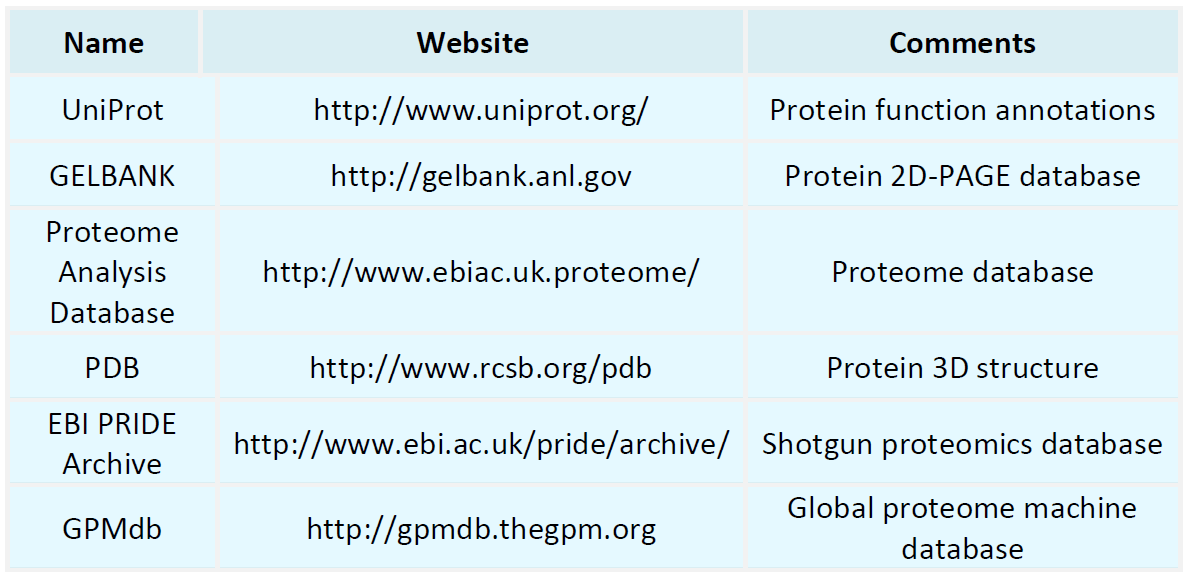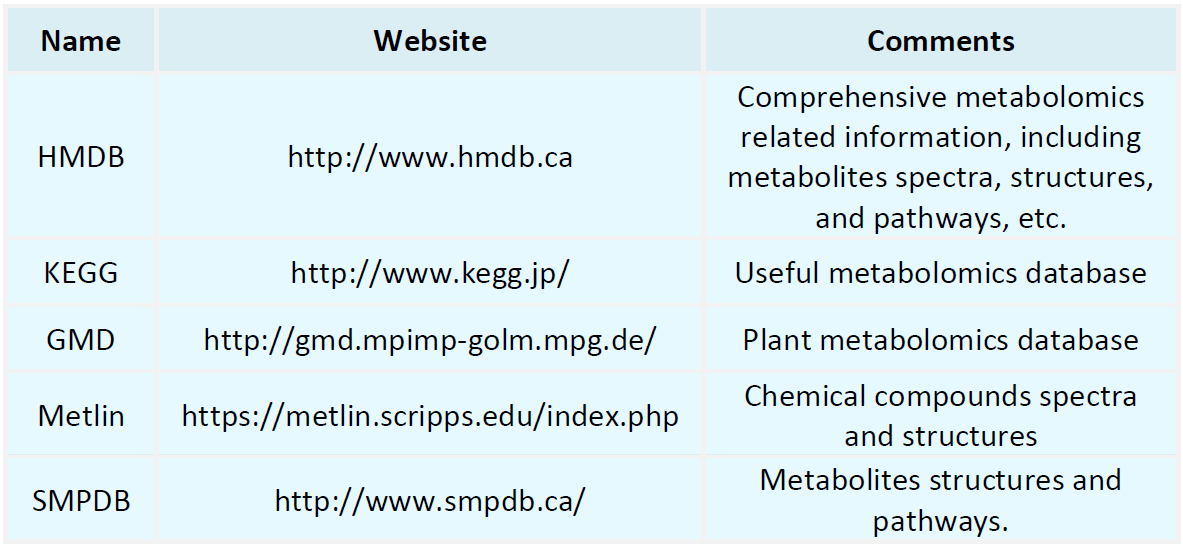Resources
Proteomics Databases

Metabolomics Databases

-
• Types and Functions of Histone Post‑Translational Modifications
In eukaryotic cells, DNA is not present in a free or naked form within the nucleus but is instead highly organized, wrapped around histone octamers to form nucleosomes, which in turn assemble into the chromatin architecture. Beyond serving as a structural scaffold for DNA, histones play essential regulatory roles, particularly through a diverse array of post-translational modifications (PTMs) that precisely modulate chromatin dynamics and gene expression. Histone PTMs constitute a central mechanism of......
-
• Understanding Histone Post-Translational Modification Analysis: Principles and Applications
In eukaryotic cells, DNA is wrapped around histone octamers to form nucleosomes, the fundamental units of chromatin. Histones are dynamic proteins, and their N-terminal tails are subject to various post-translational modifications (PTMs), including acetylation (Ac), methylation (Me), phosphorylation (P), and ubiquitination (Ub), among others. These modifications play crucial roles in diverse biological processes, such as gene expression, cell fate determination, development, and disease, by altering c......
-
• Application of Spatial Proteomics in Cancer Research and Biomarker Discovery
The development of cancer is not an isolated event but a highly spatial and heterogeneous biological process. Traditional proteomics techniques have identified numerous potential biomarkers; however, due to the lack of spatial context, they often fail to capture the critical dynamics within the tumor microenvironment. Spatial proteomics, which integrates proteomics with spatial imaging, provides a new perspective for cancer research. What is Spatial Proteomics? Definition and Technical Pathways Spat......
-
• Membrane Protein Identification by Shotgun Proteomics
Membrane proteins are widely distributed across intracellular and extracellular membrane systems and play crucial roles in signal transduction, material transport, and cell recognition. Although they constitute only approximately 30% of proteins encoded by the human genome, membrane proteins account for more than 60% of known drug targets. However, their strong hydrophobicity, tendency to aggregate, and extraction challenges have long made them a difficult class of proteins in proteomics studies. Amon......
-
• Principles of Olink Proteomics
In high-throughput proteomics research, a long-standing challenge has been achieving sensitive and specific protein detection from minimal sample volumes. The Olink® proteomics platform addresses this by introducing the Proximity Extension Assay (PEA), which ingeniously combines the specificity of antibody recognition with the high sensitivity of nucleic acid amplification, thereby overcoming fundamental limitations of conventional protein detection techniques. Core Mechanism of Olink Proteomics: Pro......
-
• Standardized Workflow Interpretation for LC-MS-Based Host Cell Protein (HCP) Analysis
In the large-scale manufacturing of recombinant protein therapeutics, such as monoclonal antibodies, fusion proteins, and enzyme replacement therapies, host cell proteins (HCPs) are inevitable process-related impurities. These contaminants pose significant risks to drug safety, efficacy, and stability. Even following extensive purification steps, residual HCPs may still trigger immunogenic responses, accelerate drug clearance, or interfere with the function of the therapeutic protein. While enzyme-lin......
-
• How to Use GFP Tags for Co‑immunoprecipitation?
Protein–protein interactions represent a central component in mapping cellular functional networks. Co-immunoprecipitation (Co-IP), a classical method for interrogating protein interactions, remains widely adopted owing to its procedural simplicity and reliable interpretability. With advances in molecular biology, green fluorescent protein (GFP) tagging has become increasingly prevalent in protein functional studies, and GFP-tag-based Co-IP has emerged as a highly specific and low-background approach ......
-
• How to Analyze Protein–Protein Interactions: Key Experimental Approaches
Protein–protein interactions (PPIs) constitute the foundation of nearly all cellular life processes. They regulate molecular network stability and dynamics, influencing signal transduction, transcriptional regulation, protein degradation, immune responses, and tumorigenesis. In recent years, rapid advances in structural biology, mass spectrometry, and high-throughput screening have transformed PPI research from conventional validation experiments to systematic, network-level, and precision-oriented st......
-
• Principles of Mass Spectrometry in Host Cell Protein Identification
Host cell proteins (HCPs) are impurities derived from production host cells such as CHO, HEK293, or Escherichia coli during the manufacture of recombinant drugs, antibodies, or vaccines. Even at trace levels, these residual proteins may elicit immune responses, compromise drug stability, or pose safety risks. With the continuous elevation of standards in biopharmaceutical development and manufacturing, the accurate identification, quantification, and monitoring of HCPs has become a critical component ......
-
• Step-by-Step LC-MS/MS Workflow for Histone Modification Analysis
Histone post-translational modifications (PTMs) represent a central mechanism underlying chromatin dynamics. These modifications, including acetylation, methylation, phosphorylation, and others, exert profound influence on gene expression, cell fate decisions, and developmental processes. In recent years, liquid chromatography–tandem mass spectrometry (LC-MS/MS) has emerged as a leading approach for characterizing histone modification landscapes owing to its high throughput, sensitivity, and resolutio......
How to order?







